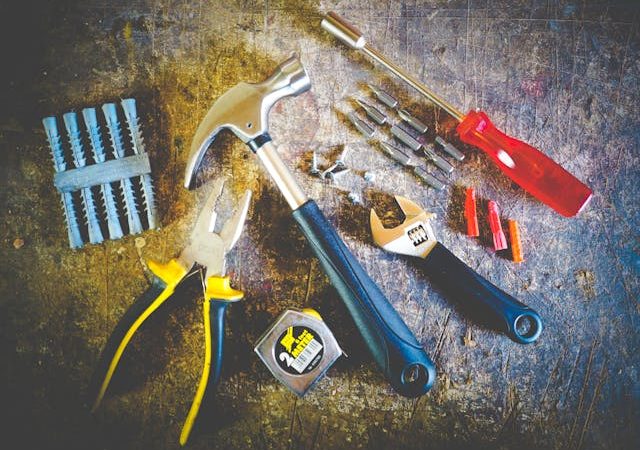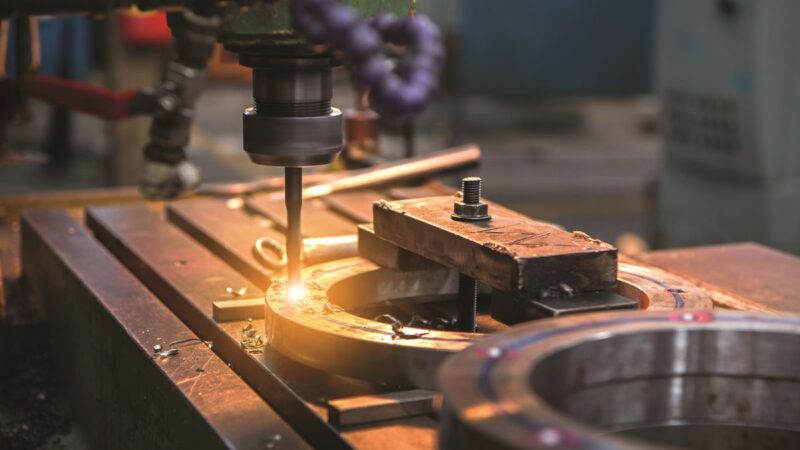What is the Best Wedge Wire Filter?

When you want some best results, you must purchase the best wedge wire filter for your filtration. To achieve this, you must pay great attention to critical details.
The critical question is, what are these specifications that you must meet when purchasing a wedge wire filter?
These are the specifications for when purchasing a wedge wire filter to address this question.
Characteristics of wedge wire filter particles
You must first determine the nature and size of the particles you want to filter before selecting a wedge wire filter. You should know that wedge wire filters are available in two shapes: tapered and round.
As a result, to select the appropriate wedge wire filter, you must first comprehend the pollutants’ properties.
Flow rate at maximum capacity
The flow rate will decide the size of the filter you use. Furthermore, the wedge wire filter you’re using must be capable of supporting the fluid’s flow.
For example, if the flow is high, you’ll need a large wedge wire filter that can easily filter the fluid without blocking the flow of the liquid.
The maximum flow rate of the wedge wire filters is listed on the label. Look for the appropriate flow indication when selecting a wedge wire filter.
Pressures at work (maximum and minimum)
Each filter has a maximum operating pressure it can withstand. As a result, you must select a wedge wire filter that fits your application’s operating pressure. The purpose is to keep the filter from ripping while it’s in use, resulting in insufficient fluid filtering.
Knowing the minimum operating pressure is crucial when working with an automatic self-cleaning wedge wire filter. When utilizing the flushing mechanism, you must maintain the minimum working pressure.
Pressure Drop-In
Pressure drop is the decrease in fluid pressure across the filter. When pressure drags the fluid past the filter element, where filtration takes place, it changes direction many times.
As a result, the fluid will encounter resistance as it goes through the filter, resulting in a pressure drop. Pollutants, viscosity, and flow rate are all elements that contribute to the pressure decrease.
As the filter bag fills up, the pressure drop increases, a crucial factor to consider.
There comes a reduction in the number of contaminants screened. When the pressure to overcome is too high, the filter’s targeted flow is impaired.
As a result, to maintain the pressure from falling, you’ll need to eliminate the contaminants frequently. Consider the pressure drop when selecting a wedge wire filter because it will affect the cleaning frequency.
Expenses of operations
Price is undoubtedly a big concern when it comes to wedge wire filters. It would help keep your operating costs low when using this filter. One way to keep your operational costs down is to use high-quality wedge wire filters.
These filters can provide you with long-term service at a minimal operating cost.
You can also opt for a self-cleaning wedge wire filter, which will save you time for filtering cleaning.
By doing this, you can get the most out of your application.
Exposure to the environment is a risk
Finally, it would help to consider your wedge wire filter’s operating environment. Temperature, chemical, and physical variables are all factors to consider. Depending on the risk of environmental exposure, you can choose the suitable material for your wedge wire filter.
Before choosing a wedge wire filter, keep the following points in mind.







